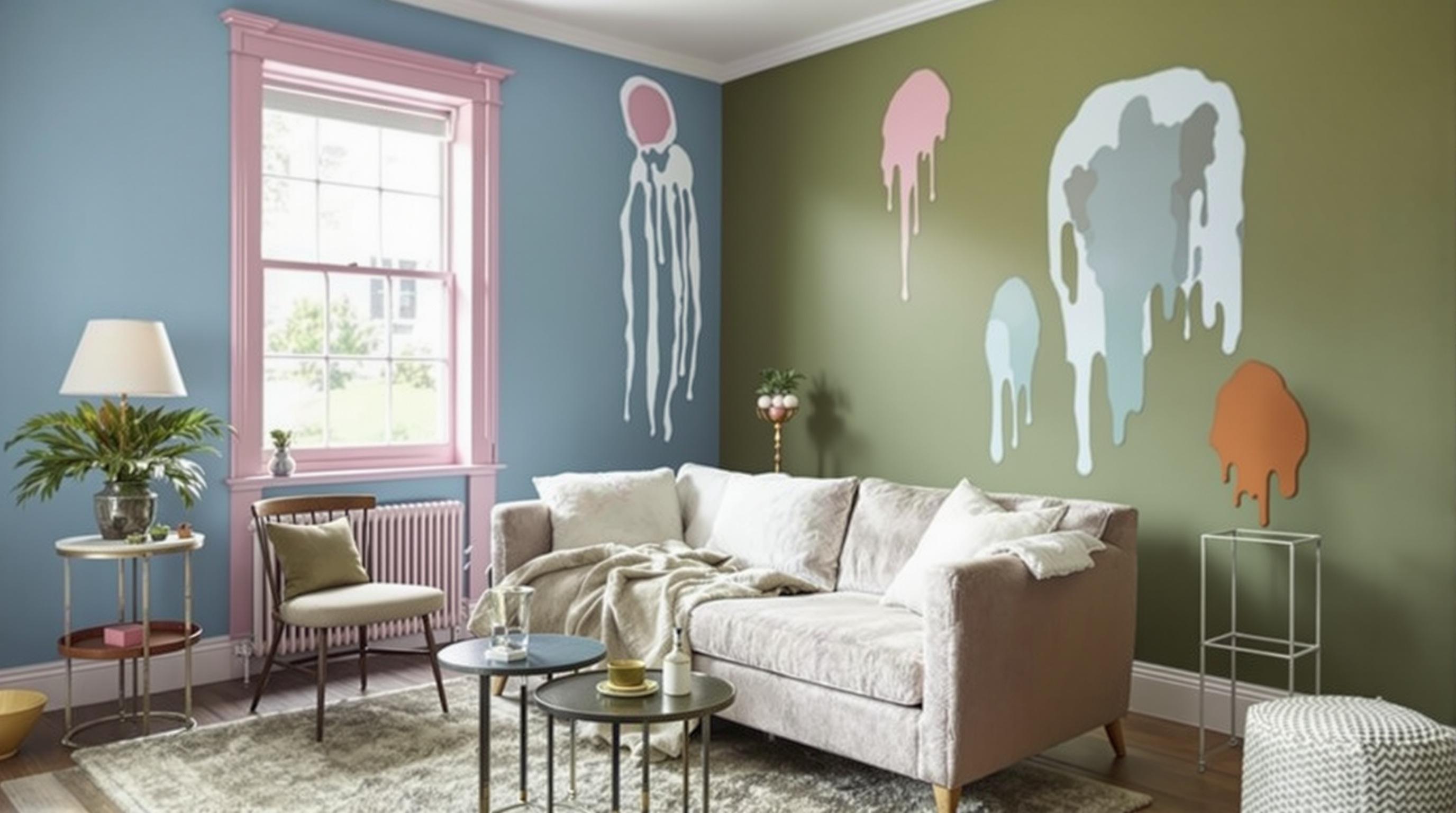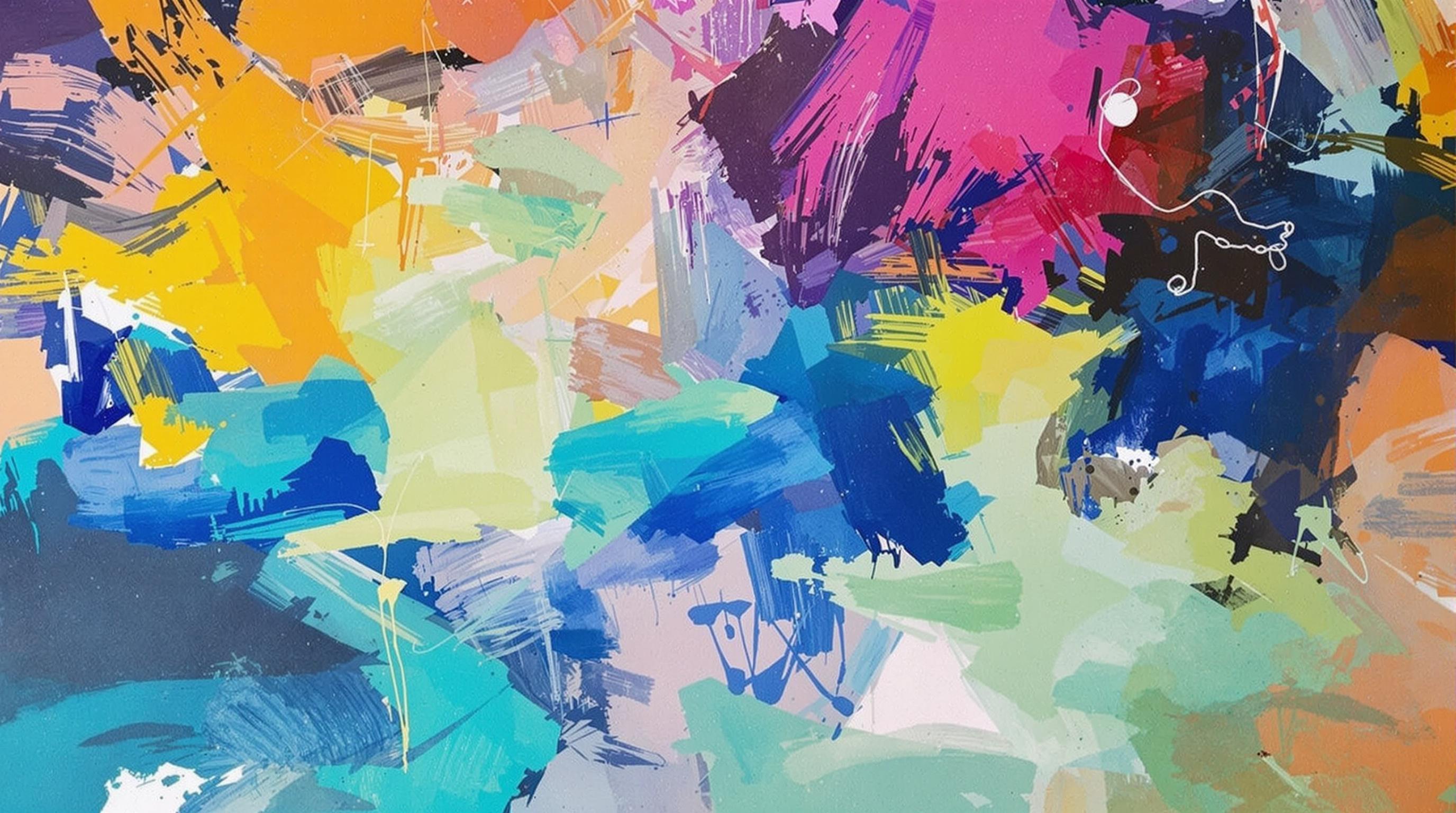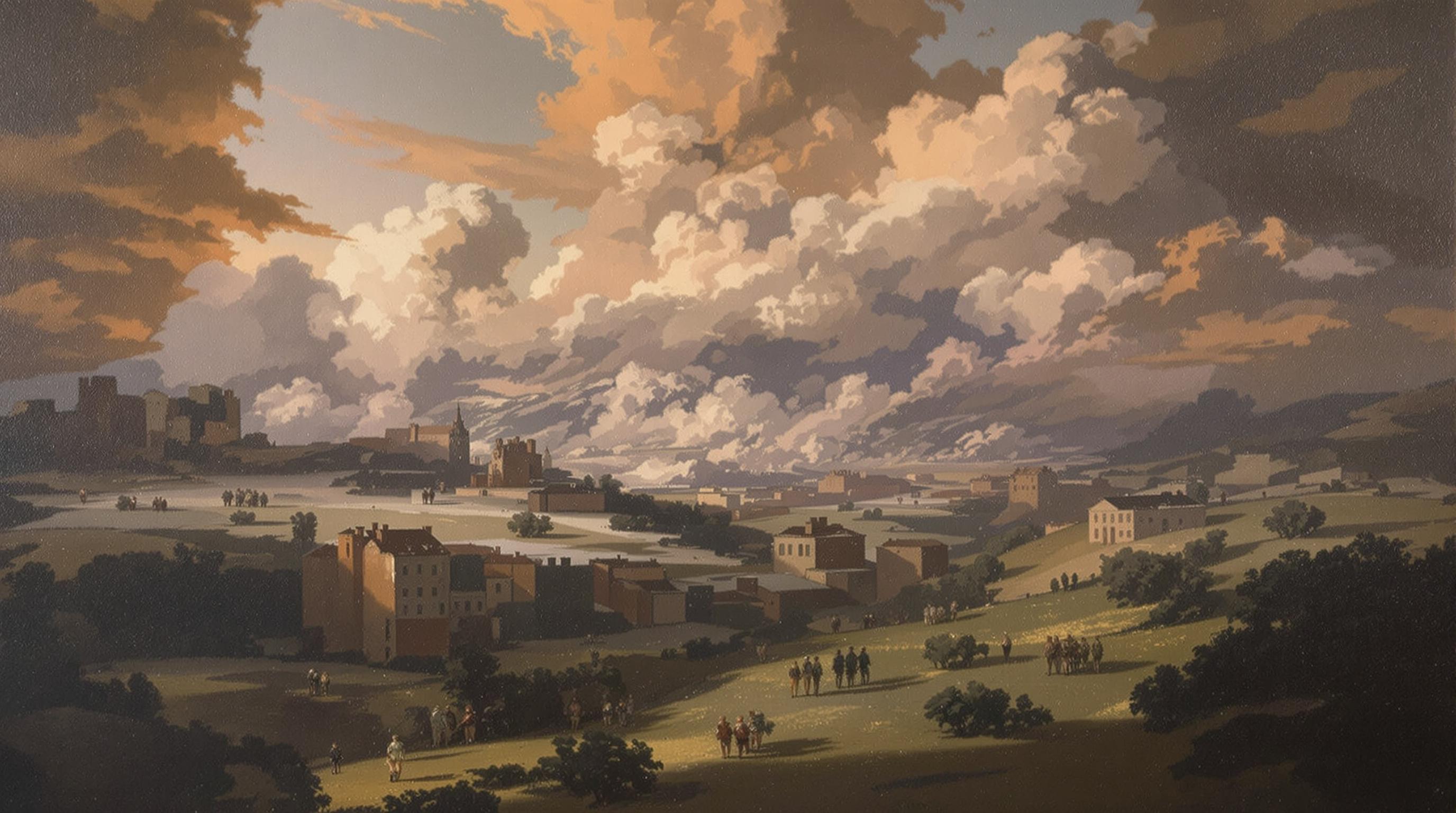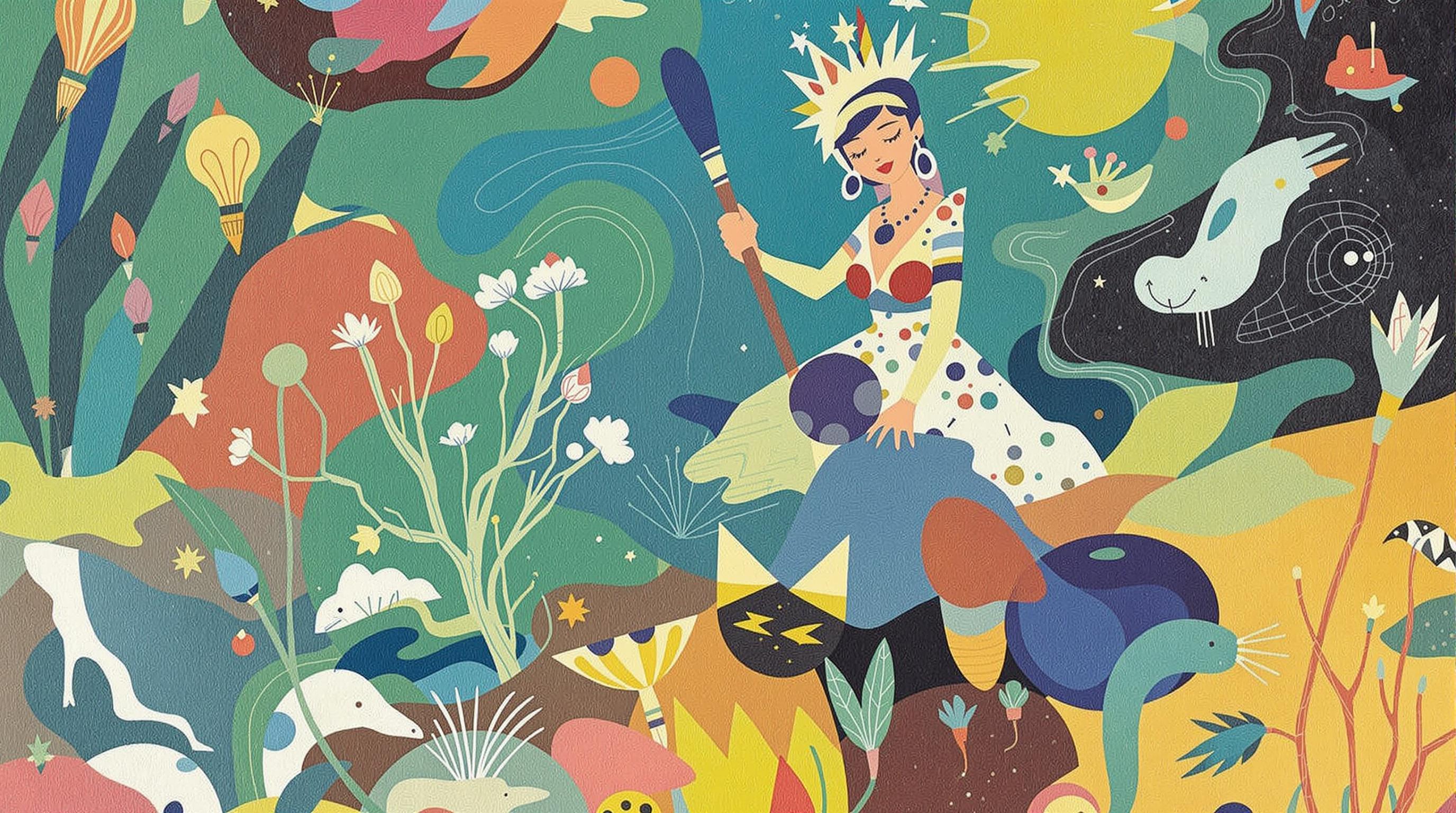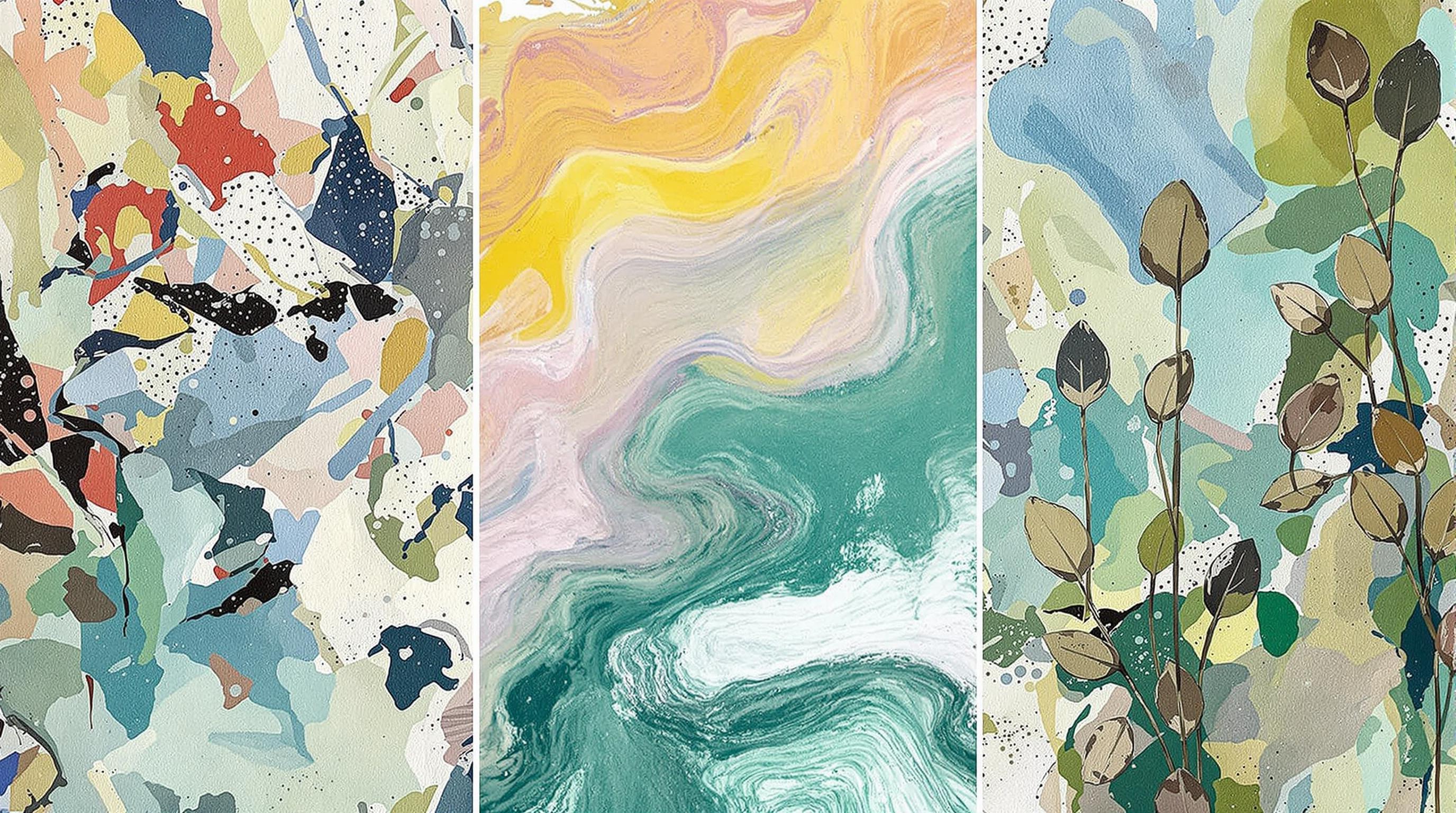Related Articles
- The Hidden Influence of Ergonomics: How Tool Design Shapes Our Physical Spaces and Daily Lives
- The Silent Influence: How Hidden Home Implements Shape Our Daily Routines and Spaces
- The Counterintuitive Role of Chaos: How Messy Tool Storage Can Lead to Unexpected Home Innovations
- Exploring the Unseen: How Audio Experiences Shape the Art of Domestic Spaces and Color Perception
- Rethinking the Mundane: How Everyday Objects are Becoming the Canvas for Modern Artistic Expression in Home Spaces
- Cultivating Chaos: The Surprising Benefits of Embracing Weeds in Your Garden Ecosystem
12 Bizarre Paint Trends From History That Could Inspire Your Next Interior Decor Adventure
12 Bizarre Paint Trends From History That Could Inspire Your Next Interior Decor Adventure
12 Bizarre Paint Trends From History That Could Inspire Your Next Interior Decor Adventure
1. Pompeii's Bright Colors
The walls of Pompeii tell a vibrant story through their bold use of color. Excavations reveal that homes were decorated with vivid reds, yellows, and blues, often featuring intricate frescoes. These colors were derived from natural pigments, showcasing an appreciation for art that has been lost over time.
As a modern homeowner, you can draw inspiration from the technique of using saturated colors to create a lively atmosphere. Imagine a living room adorned with rich hues that mimic the Italian ruins or a dining area showcasing a palette that evokes ancient Italian artistry.
Bringing the Pompeian aesthetic into your space can transform ordinary walls into a canvas of joy, reminding occupants of the historic passion for vibrant living environments.
2. The Renaissance's Opulent Lustrous Finishes
During the Renaissance, walls were frequently treated with glazes that gave them a lustrous look, reflecting the era's emphasis on elegance and beauty. Paint was layered meticulously to produce a depth and texture that mimicked expensive textiles.
Adopting a Renaissance-inspired paint technique in today's interior design could make any space feel more luxurious. This can be achieved by using high-gloss paint or faux finishes that emulate the look of ornate fabrics and tapestries.
By creating one stunning accent wall with lustrous finishes, homeowners can elicit a sense of opulence reminiscent of a grand Italian palace.
3. Victorian Dark and Moody Palettes
The Victorians were known for their love of drama, which translated into elaborate color schemes featuring dark, moody hues. Rich burgundies, deep greens, and midnight blues were often found in homes, creating an enveloping atmosphere.
This trend encourages modern decorators to explore the power of darker colors in creating cozy and intimate spaces. A darker color palette can frame art and furnishings in unique ways, making rooms feel inviting instead of oppressive.
By incorporating Victorian-inspired colors easily adaptable through modern paint technology, you can achieve a chic and sophisticated look while still ensuring a warm ambiance.
4. Art Nouveau's Nature-Inspired Hues
Art Nouveau emerged as a response to industrialization, with an emphasis on organic motifs and natural colors. Earthy tones and soft pastels became popular, often inspired by flowers, vines, and the curves of nature.
Painting rooms in soft, nature-inspired colors can create a serene space that promotes relaxation and well-being. Incorporating natural greens and gentle floral tones can evoke the essence of a blooming garden.
In your home, paint can be used to reflect the outdoor beauty, making each room feel like an extension of the natural world.
5. The Surrealist Influence of Unexpected Colors
Influenced by dream-like imagery, Surrealism revolutionized color use in art. Artists like Salvador Dalí employed unexpected color choices and juxtapositions. Imagine painting a room with bizarre color combinations that challenge the senses.
Surrealism allows you to break free from traditional color schemes, inviting creativity and whimsy into your home. Consider a playful accent wall painted in contrasting colors that evoke surprise and wonder.
This artistic approach might encourage spontaneity in your decor, ensuring your interiors reflect your unique artistic personality.
6. The Mid-Century Modern's Bold Statement Colors
Mid-Century Modernism introduced a fresh perspective on color, emphasizing bright, playful palettes like vibrant oranges, yellows, and teals. This trend focused on simplicity and function without sacrificing style.
By selecting bold colors for accent pieces or entire walls, you can pay homage to this iconic design style. Pairing these colors with clean-lined furniture achieves the balanced aesthetic central to Mid-Century Modern decor.
Injecting these lively shades into your home ensures spaces feel dynamic, inviting lively conversations and creativity.
7. Shabby Chic's Soft, Sun-Faded Tones
Emerging in the 1980s, Shabby Chic embraced a rustic, vintage-inspired look characterized by sun-faded pastels and whites. This trend often includes layering various colors to create a soft, worn aesthetic.
Incorporating these gentle hues into your spaces can yield a comforting, relaxed atmosphere. Think softly painted furniture, punctuated with delicate floral patterns or distressed finishes for that perfect Shabby Chic appeal.
This style draws on nostalgia, creating inviting spaces filled with charm that tell personal stories about the past.
8. The Eclectic Colors of Color-Blocked Rooms
Color blocking as a technique gained traction in the 20th century, characterized by bold contrasts and geometric patterns using solid blocks of color. It provides an exciting departure from monochrome worlds into striking visual statements.
This can be achieved through walls painted in distinct blocks or adding color through furniture and decor elements aligned in complementary tones. Such combinations invigorate spaces and spark creativity.
Color-blocking not only serves as a method for bold interior decor but embodies a playful spirit that many seek in modern living spaces.
9. Minimalism and the Power of White
Minimalist design, which gained popularity in the mid-20th century, advocates the beauty of simplicity and the power of white. A pure white canvas can highlight architectural features and create an airiness that invites calm.
Using white in your space creates an expansive feeling, acting as a perfect backdrop for artful decor or striking furniture pieces. Letting the light reflect off the walls enhances the open ambiance that minimalism promotes.
Adopting a minimalist approach with white paint allows homeowners to curate their environments more intentionally, emphasizing the 'less is more' philosophy.
10. The Retro Vibrancy of 80s Neon
The 1980s brought forth an explosion of neon colors as the decade sought vibrant expression in both fashion and decor. Loud pinks, greens, and yellows were color staples, reflecting a time of bold choices and exuberance.
Introducing neon accents can add fun and energy to your spaces, invoking nostalgia and liveliness. Think an accent wall or neon accessories juxtaposed against neutral palettes to embrace the playful spirit of the 80s.
Easily integrate these vibrant shades into your decor, allowing your home to radiate positivity and exuberance reminiscent of a lively 80s party.
Exploring these bizarre paint trends from history can inspire your interior decor adventures, allowing you to elevate everyday spaces into extraordinary works of art. Whether you lean towards the vibrant or the subtle, there's a historical paint trend that can influence your personal style and cater to your unique vision.
